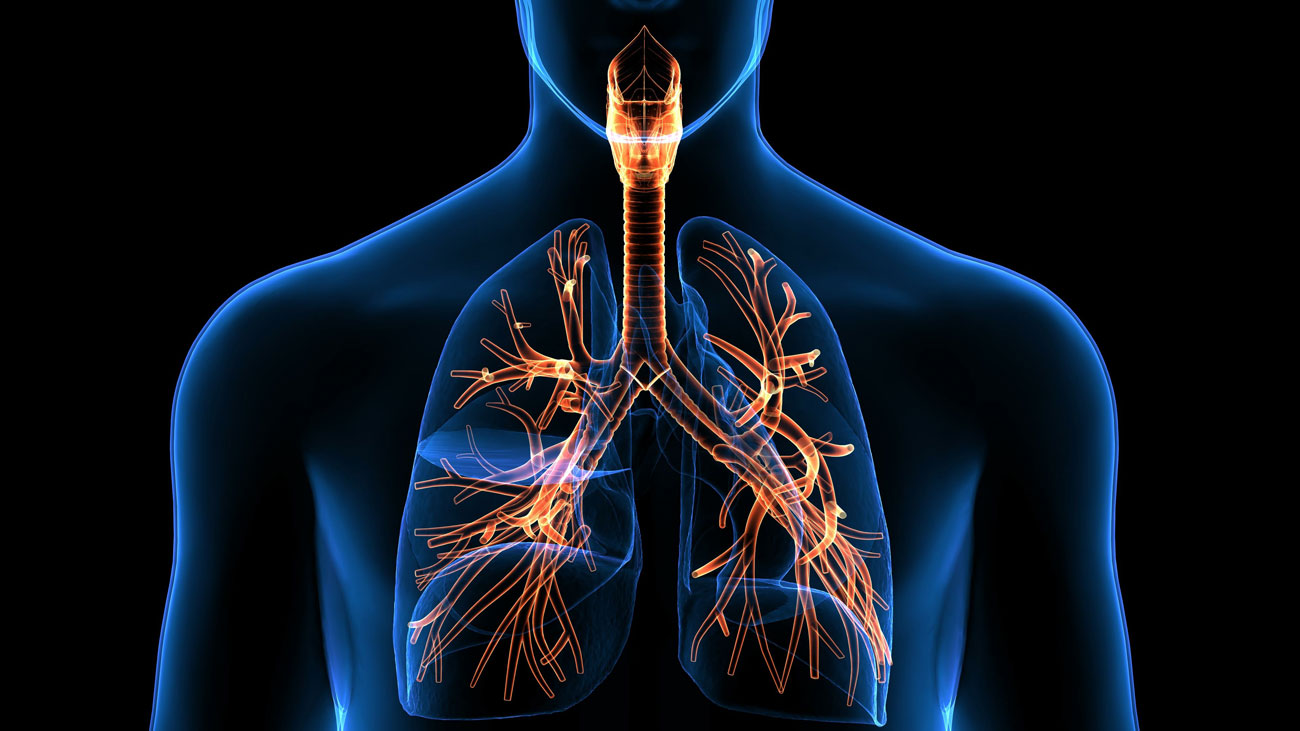
Manufacturing: advances in exposure to hazards
Many manufacturing plants use hazardous substances during the production process. Wherever large quantities of hazardous substances are involved, there’s a health and safety risk to workers. Steps need to be taken to limit harm to employees and the environment, including robust emergency procedures in the event of leaks, contamination or overexposure.
While hazardous substances are still prevalent in the manufacturing industry, there have been several developments in limiting workers’ exposure.
The substances employees are exposed to can take various forms, including liquids, gases, vapors, dust or fumes. Here are some common types of hazardous substances encountered in manufacturing:
- Chemicals: Manufacturing processes often involve the use of various chemicals such as solvents, acids, bases, corrosives and toxic substances. These chemicals can cause skin irritation, respiratory problems, burns or systemic toxicity if not handled properly.
- Heavy metals: Metals like lead, mercury, cadmium, chromium and arsenic are commonly used in manufacturing processes. Exposure to heavy metals can lead to neurological damage, kidney damage, respiratory issues and cancer.
- Gases and vapors: Manufacturing operations may generate gases or vapors such as welding fumes, solvent vapors or refrigerant gases. Inhalation of these substances can cause respiratory irritation, dizziness, asphyxiation or long-term health effects.
- Dust and particulate matter: Dusts generated from materials such as wood, metal, silica or asbestos can pose respiratory hazards, leading to conditions like pneumoconiosis, silicosis or lung cancer.
- Biological agents: Some manufacturing processes involve exposure to biological agents such as bacteria, viruses or fungi. These agents can cause infections or allergic reactions if proper precautions are not taken.
- Combustible dusts: Dusts generated from materials like wood, coal or metal powders can pose explosion hazards if dispersed in sufficient quantities and exposed to ignition sources.
- Radiation: Manufacturing processes like welding, metalworking or certain types of material processing can emit radiation, including ultraviolet (UV) radiation, ionising radiation, or electromagnetic radiation, which can cause burns, skin damage or increase the risk of cancer.
- Asbestos: Although its use has significantly declined, asbestos may still be present in older manufacturing facilities, posing risks of asbestos-related diseases such as mesothelioma, asbestosis and lung cancer upon inhalation of its fibres.
To mitigate the risks associated with hazardous substances in manufacturing, employers must implement appropriate control measures, including the substitution of hazardous materials with less harmful alternatives, engineering controls (e.g. ventilation, enclosure), administrative controls (e.g., safe work procedures, training), personal protective equipment (e.g., respirators, gloves), and regular monitoring of exposure levels. Regular risk assessments and monitoring of exposure levels are also essential for identifying and addressing potential hazards effectively.
Employers have a legal duty to create suitable arrangements to manage health and safety and ensure they comply with the Control of Substances Hazardous to Health Regulations 2002 (COSHH).
HSE’s Head of Manufacturing, David Butter says:
“It’s important that manufacturing businesses act now to ensure they comply with the law and protect their workers from serious lung diseases. Businesses should take note that good ventilation in the workplace and personal protective equipment are just some of the measures they need in place to protect the respiratory health of workers. We want employers and workers to make sure they are aware of the risks associated with the activities they do. For example, brick and tile manufacture and foundry activities can create RCS dust that could be breathed in. To assist them we have advice and free resources on our Dust Kills campaign pages.”
There are several ongoing developments and trends related to hazardous substances in the manufacturing industry, all of which work towards reducing employee exposure. Some examples are:
- Substitution of hazardous substances: There has been a growing emphasis on replacing hazardous substances with safer alternatives in manufacturing processes. This trend aligns with broader sustainability goals and regulatory pressures to reduce environmental and health impacts. Companies have been investing in research and development to find substitutes that maintain or improve performance while minimising risks.
- Advancements in chemical management: Manufacturers have been implementing more robust chemical management systems to track, monitor and control the use of hazardous substances throughout the supply chain. This includes enhanced chemical inventory management, risk assessment tools and digital platforms for sharing chemical information and compliance data.
- Focus on nanomaterial safety: With the increasing use of nanomaterials in manufacturing applications, there has been growing attention out on understanding and managing the potential health and environmental risks associated with these materials. Researchers and regulatory agencies have been studying the toxicological effects of nanomaterials and developing guidelines for their safe handling and disposal.
- Integration of digital technologies: Digital technologies such as the Internet of Things (IoT), sensors and data analytics are being integrated into manufacturing processes to improve monitoring and control of hazardous substances. These technologies enable real-time tracking of exposure levels, predictive maintenance of equipment and early detection of potential hazards.
- Regulatory updates and compliance challenges: Regulatory frameworks governing hazardous substances continue to evolve, including the Control of Substances Hazardous to Health Regulations (COSHH). Compliance with these regulations poses challenges for manufacturers, particularly regarding substance registration, chemical testing and risk assessment requirements.
- Supply chain transparency: There is increasing pressure on manufacturers to enhance transparency and traceability in their supply chains regarding the use of hazardous substances. This includes demands from consumers, investors and regulatory authorities for disclosure of chemical ingredients, manufacturing processes and environmental impacts associated with products.
- Emerging contaminants: Manufacturers are facing new challenges related to emerging contaminants, including per- and polyfluoroalkyl substances (PFAS), pharmaceuticals and microplastics. These substances present complex environmental and health risks, requiring innovative approaches for detection, treatment and mitigation.
These developments underscore the importance of proactive risk management and continuous improvement in addressing hazardous substances in the manufacturing industry. Companies that prioritise safety, sustainability and compliance with regulations are better positioned to mitigate risks and maintain a competitive edge in the marketplace.
International Workplace's Control of Substances Hazardous to Health course helps learners identify and carry out work involving hazardous substances more professionally and safely. The course provides staff with the essential skills, confidence and awareness to know when they are working safely and to challenge unsafe conditions. Find out more here.







